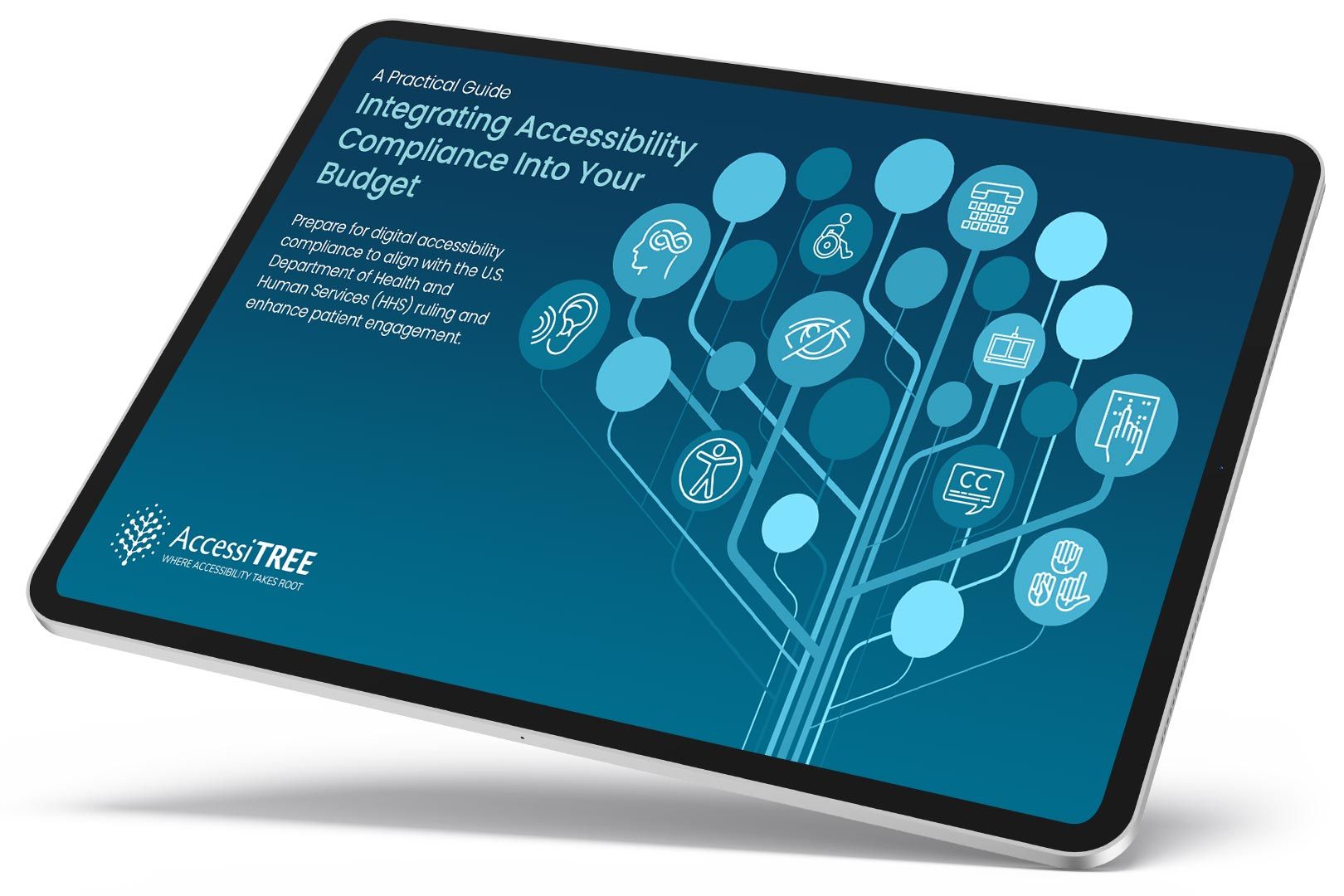Ensure Content Reflows Without Two-Dimensional Scrolling
Content must be presentable without loss of information or functionality, and without requiring scrolling in two dimensions (horizontal and vertical) when viewed at a viewport width equivalent to 320 CSS pixels (typical small mobile screen width) or when zoomed up to 400% on a standard desktop screen. Exceptions exist for content requiring two-dimensional layout for usage or meaning (e.g., maps, complex data tables, diagrams).
Why It Matters
Users with low vision often need to significantly magnify content (equivalent to zooming in). If this magnification forces them to scroll both horizontally and vertically to read a line of text or view a component, the content becomes extremely difficult and tedious to use. Reflow ensures text wraps and layout adjusts so only vertical scrolling (in one direction) is needed.
Fixing the Issue
Use responsive design techniques. Employ fluid layouts using relative units (%, vw, rem, em) for widths, margins, and padding. Use CSS flexbox or grid for layout structures that adapt to available space. Avoid large fixed-width containers or elements. Ensure text wraps within its container. Test your layout by resizing the browser window to a narrow width (320px) and by using browser zoom up to 400%. Verify that no horizontal scrollbar appears for the main content flow, and all content/functionality remains available.
Good Code Example
A simple responsive layout using CSS:
-
<div class="container"> <h1>Responsive Title</h1> <p>This text will wrap within the container as the viewport narrows or the page is zoomed. No horizontal scrolling should be required to read this content.</p> <img src="/wp-content/uploads/product_widget.svg" alt="A descriptive alt text" class="responsive-img"> </div> <style> body { margin: 0; font-size: 1rem; line-height: 1.5; } .container { width: 90%; /* Fluid width */ max-width: 1200px; /* Optional max width */ margin: 1em auto; /* Centering and vertical space */ padding: 1em; border: 1px solid #ccc; } h1 { font-size: 2rem; } p { margin-bottom: 1em; } .responsive-img { max-width: 30%; /* Image scales down */ height: auto; /* Maintain aspect ratio */ display: block; /* Avoid extra space below */ } /* Example using Flexbox for columns that stack on small screens */ .flex-container { display: flex; flex-wrap: wrap; gap: 1em; } .flex-item { flex: 1 1 300px; /* Grow, shrink, basis */ background: #eee; padding: 1em; } </style> -
Responsive Title
This text will wrap within the container as the viewport narrows or the page is zoomed. No horizontal scrolling should be required to read this content.
Bad Code Example
Using fixed widths that cause horizontal scrolling on narrow screens or high zoom:
-
<div class="container-fixed"> <h1>Fixed Width Content</h1> <p>This paragraph is inside a container with a fixed width of 800px. On a 320px wide screen or with high zoom, you will likely need to scroll horizontally to read the full lines.</p> <table> </table> </div> <style> .container-fixed { width: 800px; /* Fixed width causes horizontal scrolling */ margin: 1em auto; padding: 1em; border: 1px solid #ccc; } /* If the table itself is wider than the viewport, it will also cause issues */ table { width: 900px; border-collapse: collapse; } th, td { border: 1px solid #999; padding: 0.5em; } </style> -
Fixed Width Content
This paragraph is inside a container with a fixed width of 800px. On a 320px wide screen or with high zoom, you will likely need to scroll horizontally to read the full lines.

A practical guide for healthcare leaders navigating WCAG compliance.